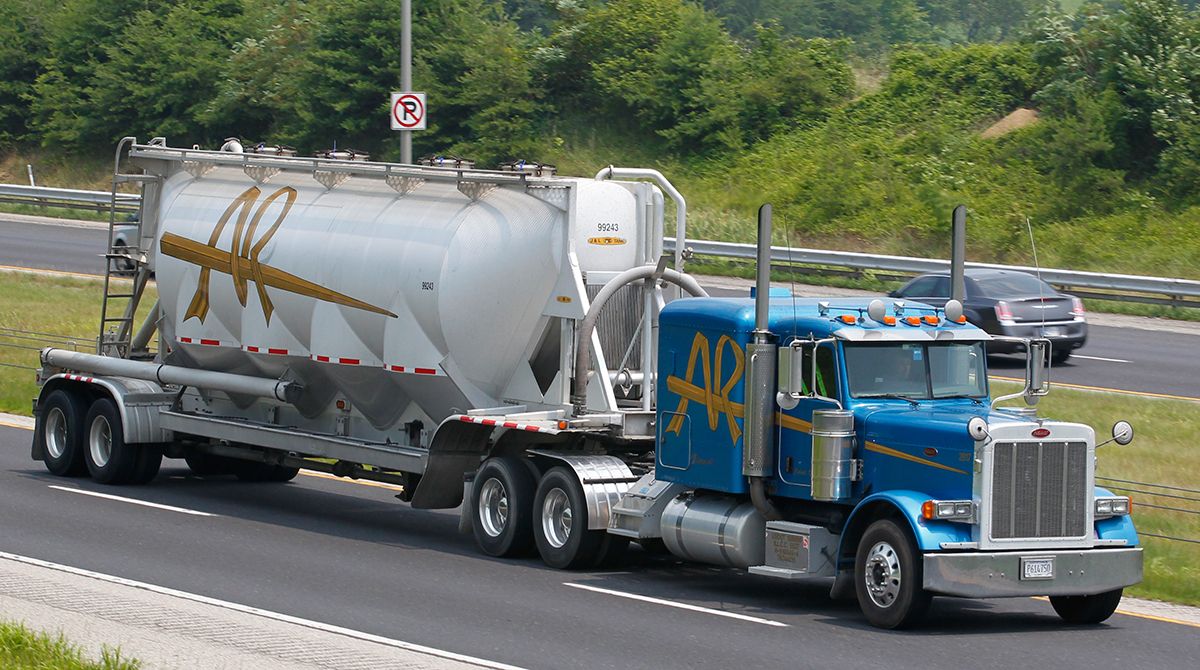
Innovative Plastic Resin Transportation Strategies Revolutionizing Logistics
Innovative Plastic Resin Transportation Strategies Revolutionizing Logistics
Introduction:
In the dynamic world of logistics, the transportation of plastic resin presents unique challenges that demand innovative solutions. Ensuring the safe, efficient, and contamination-free movement of these materials is paramount for maintaining supply chain integrity and meeting the high demands of various industries. This article delves into the best practices revolutionizing plastic resin transportation, offering logistics professionals insights into optimizing their operations.
1. Ensuring Contamination-Free Transport
Maintaining the purity of plastic resin is critical, as contamination can compromise product quality and lead to significant financial losses. To prevent contamination:
- Dedicated Equipment: Utilize trailers and containers exclusively for plastic resin to avoid cross-contamination.
- Regular Cleaning Protocols: Implement stringent cleaning schedules for all transportation equipment, ensuring the removal of any residual materials.
- Sealed Systems: Employ sealed loading and unloading systems to protect resin from environmental contaminants.
2. Leveraging Specialized Transportation Modes
Selecting the appropriate transportation mode is vital for efficiency and cost-effectiveness. Innovative approaches include:
- Container-on-Barge Services: As transportation costs rise, companies are turning to container-on-barge services to move resin efficiently. This method reduces highway congestion and offers a cost-effective alternative to traditional trucking.
- Pneumatic Trailers: Ideal for bulk resin transport, pneumatic trailers facilitate easy loading and unloading while minimizing contamination risks.
3. Implementing Advanced Tracking and Monitoring
Real-time tracking and monitoring technologies enhance visibility and control over resin shipments. Best practices include:
- GPS Tracking Systems: Equip transport vehicles with GPS devices to monitor location and ensure timely deliveries.
- Environmental Sensors: Install sensors to track temperature and humidity, ensuring resin remains within optimal conditions during transit.
- Automated Alerts: Set up systems to provide immediate notifications of any deviations from planned routes or environmental parameters.
4. Strategic Warehousing and Distribution
Efficient warehousing plays a crucial role in the plastic resin supply chain. Considerations include:
- Proximity to Production Sites: Establish warehouses near manufacturing facilities to reduce transportation time and costs.
- Climate-Controlled Storage: Maintain appropriate environmental conditions to preserve resin quality.
- Inventory Management Systems: Utilize advanced software to track stock levels and manage first-in, first-out (FIFO) distribution.
5. Training and Safety Protocols
Investing in workforce training ensures adherence to safety standards and operational efficiency. Key practices include:
- Regular Training Sessions: Conduct workshops on handling procedures, equipment operation, and emergency response.
- Safety Audits: Perform routine inspections to identify potential hazards and implement corrective actions promptly.
- Compliance with Regulations: Stay updated on industry regulations and ensure all practices meet or exceed required standards.
Conclusion:
Adopting these best practices in plastic resin transportation not only safeguards product integrity but also enhances overall supply chain efficiency. By focusing on contamination prevention, leveraging specialized transportation modes, implementing advanced monitoring systems, optimizing warehousing strategies, and prioritizing safety through training, logistics professionals can navigate the complexities of resin transport with confidence.
